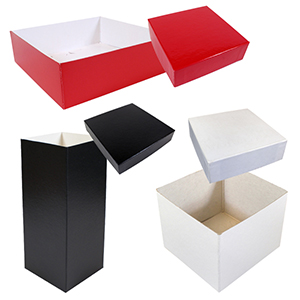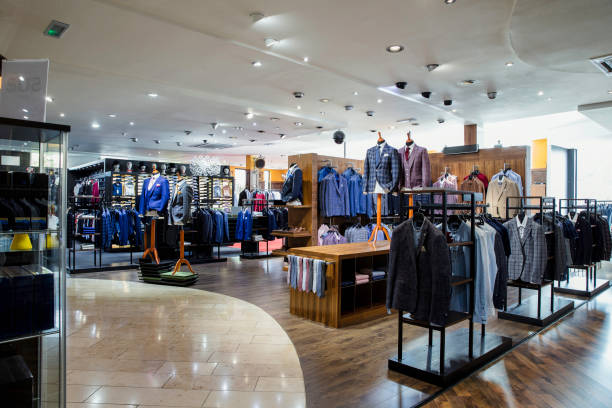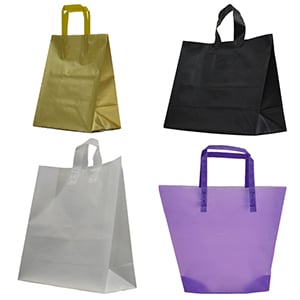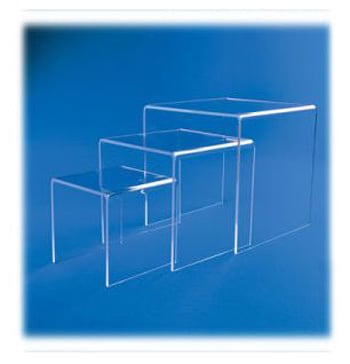What is the Difference Between a Sale and a Clearance?

“Sale” and “Clearance” are both terms to describe products being sold at reduced prices. Some may think that these terms can be used interchangeably, but they are utilized for two different occasions in retail. There’s significance in the differences, each type can change how much money you may save, when you can save the most, and the type of products you’ll be purchasing. Ready to learn the differences?
What is a sale?
A sale is a promotional marketing tactic used to attract more customers and attain a high conversion rate and high product turnover rate. When you notice a sale, you may happen to notice a reduction in price on popular items, or sales that involve making a full price purchase to receive a free or discounted item (BOGO). Sale pricing is typically determined by 5% increments, ranging from 5% to 50% off.
Store-wide sales are orchestrated for many occasions throughout the year, including the holidays, back to school shopping, and before the summer. These sales usually only last for a limited time before the retail price tag on certain items return to their standard pricing. Therefore, retailers create a sense of urgency to complete purchases before the offer expires.
Sales are used to attract customers to stores at certain times of the year in hopes of increasing the consumers shopping cart value, by purchasing non-sale items in addition to sale items, instead of the customer purchasing on sale items and making savings.
What is clearance?
A clearance sale might attract more customers than traditional promotional sales. Typically, when items are on clearance, the store is trying to sell them out due to seasonal demand, inventory capacity, or unfortunately, going out of business. Clearance sales usually start at around 30% off and increase as time continues.
Some stores have a section on the sales floor specifically for clearance items. For example, if you visit a clothing store in April or May, you may find winter coats on clearance, as there is no reason for consumers to buy winter clothes during the summer. Items on clearance will be priced on their retail price tags even lower than traditional promotional sales, as they are more difficult to sell.
Unlike a sale, the price of an item on clearance will not go back up. Clearance sales help decrease the financial impact of unpopular products without affecting the pricing of other products. The longer an item is up for clearance, the lower the price tends to go before the store decides to pull it from inventory. Stores may not advertise clearances in print or in media like they would a sale, unless they are going out of business.
Here are the differences between sales and clearances:
- Sales are only in effect for a limited time, whereas clearances are often in effect indefinitely, until the item is sold or pulled from the market.
- Sales are meant to attract customers to the store, whereas clearances are meant to help sell unwanted inventory for a multitude of reasons.
- Sales are put on items that are widely popular, whereas clearances are put on items that are most likely seasonal and/or outdated.
- During a sale a consumer can return an item, during a clearance event items are nonrefundable
Now that we have a better understanding of what sales and clearances are, we can recognize and capitalize on the unique opportunities each presents.









Validate your login